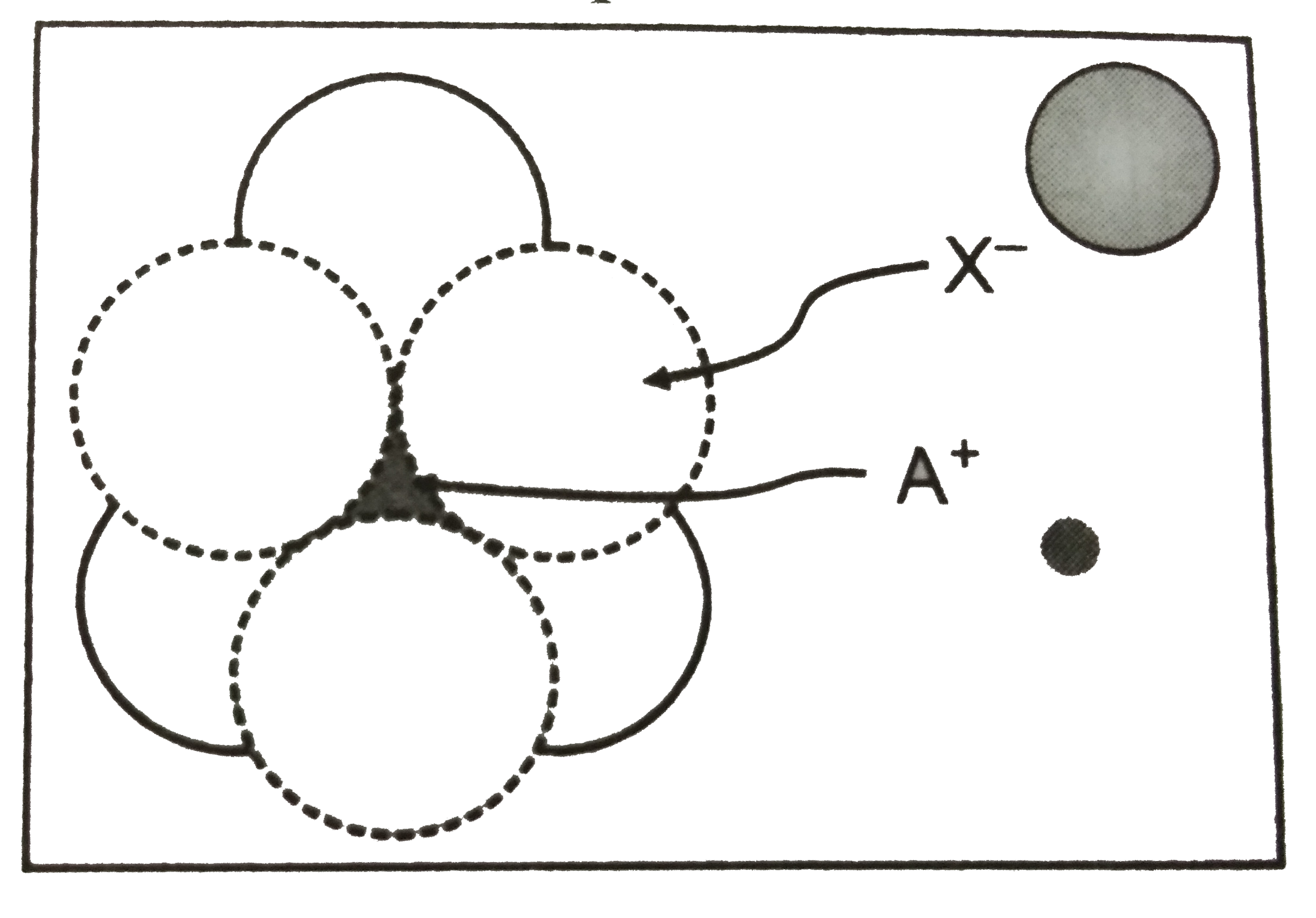One-third of all our food-fruits and vegetables - would not exist without pollinators visiting flowers, But honeybees, the primary agents that fertilise food-producing plants have suffered a dramatic decline in recent times, mostly from afflictions introduced by humans.
Domestic honeybees have already lost as many as one-third of their hives and their wild cousins have become virtually extinct in many places around the world. A variety of tıpubles threaten the pollinators. Endless waves of development destroy nesting and feeding grounds, pesticides decimate them along. with other beneficial insects. Agribusiness increasingly treats honeybees as a mass commodity, exposing them to uncontrollable plagues of pests, introduced through human error.
Researchers have seen fewer and fewer, pollinators during their travel right from the Sonoran Desert to the Malaysian rainforests. Floral biologists too increasingly realise that there is a reduction in the number of pollinators.
The problem can be solved if farmers, beekeepers and pesticide applicators can come together to protect bees which are the primary flower fertilizers. This effort will require operations that extend from farms, orchards and backyards to the deserts of Mexico. Indeed nothing short of a global initiative can reverse the situation.
The problem of reduction in the number of bees can be solved when ......
beekeepers will stop keeping bees for their honey
agriculture relaled persons will keep bee protection in mind
special methods will be used to attract bees to flowers
writers and journalists will start writing about protection of bees
The correct Answer is:B
It is clear from the passage, if farmers and beekeepers will come together to protect bees then only bees reduction can be controlled.
Similar Questions
25% और 40% के अम्लों को मिलाकर 30 % सान्द्रण का 60 लीटर अम्ल तैयार किया गया है । प्रत्येक अम्ल के कितने लीटर लिये गये है |
View SolutionNa तथा Mg क्रमश: bcc तथा fcc के रूप में क्रिस्ट्लित होते हैं तब Na तथा Mg की उनकी इकाई सेलो में परमाणुओं की संख्या क्रमश: होगी :
View Solutionठोस AX में A+ आयन के चारो और X− आयन की व्यवस्था है, जैसा की चित्र में दर्शाया गया है (सही माप सूचक नहीं है) । यदि X− आयन की त्रिज्या 250 pm हो तो A+ आयन की त्रिज्या है :

View Solutionक्षार धातुओं व मुद्रा धातुओं दोनों के बाह्य कोश में एक इलेक्ट्रॉन होता है किन्तु क्षार धातुएं मुद्रा धातुओं की तुलना में बहुत अधिक क्रियाशील होती है क्यों ?
View SolutionN2O5 में बन्ध उपस्थित रहता है-
View Solutionतेल के रसायनशास्त्र तथा r-DNA तकनीक जिसके बारे में आपको जितना भी ज्ञात प्राप्त है, उसके आधार पर बीजो से तेल हाइड्रोकार्बन हटाने की कोई एक विधि समझाइये।
View Solutionवर्तमान में कितनी पुनर्योगज चिकित्सीय औषधियाँ विश्व में मानव प्रयोग हेतु स्वीकृत हो चुकी है, व भारत में कितनी विपणित हो रही है?
View Solutionखाद्य स्तर तथा खाद्य श्रंखला किसे कहते है?
View Solution
